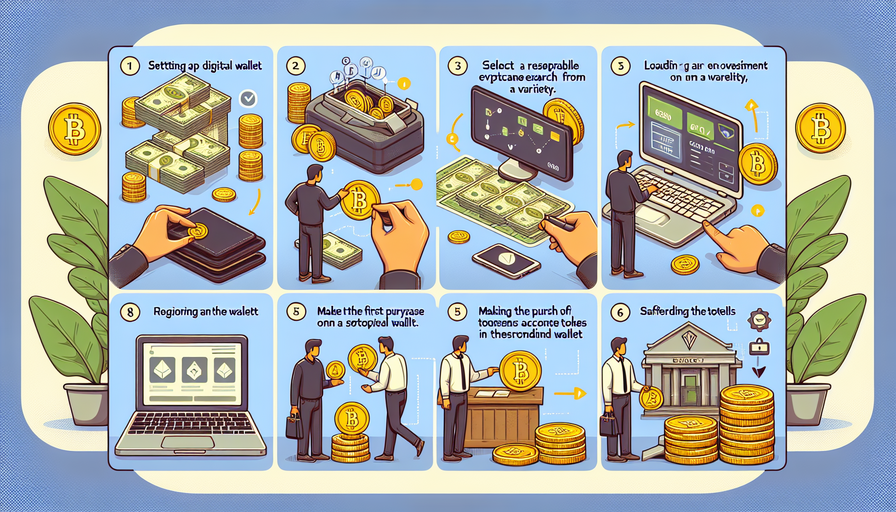In a world where cyber threats are becoming more prevalent, it is essential to take the necessary steps to secure your online accounts. One of the most effective ways to enhance security is by enabling Two-Factor Authentication (2FA). 2FA adds an extra layer of protection by requiring not only a password and username but also something that only the user has on them, i.e., a piece of information only they should know or have immediately at hand – such as a physical device or biometric data.
Why Enable 2FA?
Enabling 2FA significantly reduces the risk of unauthorized access to your accounts, even if someone obtains your password. It provides an additional level of security by requiring a second form of verification before granting access.
Steps to Enable 2FA
1. Choose Your Authenticator App: There are several authenticator apps available, such as Google Authenticator, Authy, or Microsoft Authenticator. Choose one and download it from your device’s app store.
2. Locate the Security Settings: Log in to the account for which you want to enable 2FA and locate the Security Settings. This is usually found under “Account Settings” or “Security.”
3. Enable 2FA: Look for an option to enable Two-Factor Authentication. Click on it and follow the instructions provided by the platform.
4. Scan QR Code: Open your authenticator app and scan the QR code displayed on the screen using your phone’s camera within the app.
5. Backup Codes: Many platforms provide backup codes that you can use in case you lose access to your authenticator app. Make sure to store these codes in a safe place.
6. Verify Setup: Once you’ve scanned the QR code, the authenticator app will generate a code that you’ll need to enter into the platform to verify that everything is set up correctly.
7. Test Login: Log out of your account and attempt to log back in. You should be prompted to enter a verification code from your authenticator app after entering your password.
Tips for Using 2FA
– Regularly review which accounts have 2FA enabled.
– Keep backup codes stored securely.
– If switching devices, make sure to transfer 2FA settings appropriately.
– Do not share verification codes with anyone.
– Use biometric authentication as an added layer of security if available.
By following these steps and tips, you can significantly enhance the security of your online accounts through Two-Factor Authentication (2FA), protecting your sensitive information from potential cyber threats.


